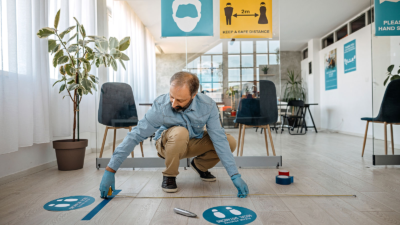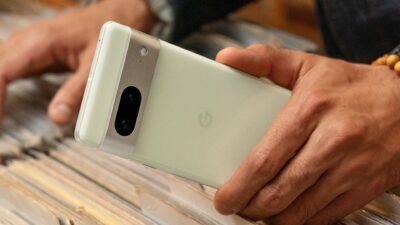Samsung New Technology Can Charge Batteries Faster In Just 12 Minutes

Samsung Electronics research facility has successfully developed a synthesized “graphene ball” technology which could charge a phone in just 12 minutes and last for longer. The company has informed.
The new technology “Graphene ball” can be used to make lithium-ion batteries which would charge faster and last for longer period of time according to the company. Samsung Advanced Institute of Technology (SAIT) said that using graphene ball material in the batteries would increase the battery capacity by 45% and also increase their charging speed by 5 times.
This means if the top current phone battery is charge in one hour could be further reduced to 12 minutes which would also last longer, Samsung said.
Batteries integrated with graphene ball are also able to maintain the temperature of 60 degrees Celsius which is required for using in electric cars, the company added. This also creates an opportunity for electric cars to be cruising on the roads for the longer period of time that can ever be expected.
The full research findings of SAIT were published in Nature, SAIT team has discovered a way to use SiO2 or silica to synthesize graphene which looks like a 3D popcorn, then they used these graphene balls as material for anode and cathode in lithium-ion batteries.
Samsung becomes the patent of technology in South Korea and the United States. Lithium-ion batteries were commercialized first in 1991 and since then the batteries have been consistently used in electronics. The technology is getting older now and the researchers are looking for fast, reliable and sustainable alternative sources.
The new discovery can be another breakthrough in the battery world. Graphene is highly conductive, reliable and durable according to the researchers and the scientists are looking into the various methods for applications. Earlier this year, Korean team also made OLED display with the same material in April, SAIT is hopeful to use the technology which can be widely applied in the future, SAIT also opened an AI lab in Canada this year.
This is not the only breakthrough of Samsung’s research arm, the team also developed cadmium-free quantum dot materials that are currently being used in Samsung’s most popular QLED TVs.
Digital marketing enthusiast and industry professional in Digital technologies, Technology News, Mobile phones, software, gadgets with vast experience in the tech industry, I have a keen interest in technology, News breaking.










